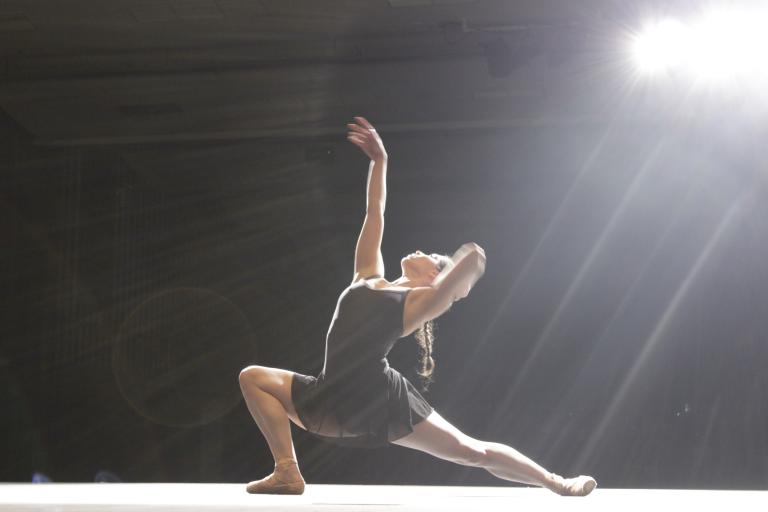
Ella
Ella Havelka was the first Aboriginal dancer to be invited into the Australian Ballet.
Ella’s introduction to dance began at the Dubbo Ballet Studio and, with the help of scholarships and hand-me-down tutus, she quickly started winning local eisteddfods and was soon dancing six days a week.
In 2009, after four years of training in the Australian Ballet School in Melbourne, Ella joined Bangarra, the Sydney-based Aboriginal dance company. Here she learnt not only the very different rigours of contemporary dance, but began a powerful and moving journey of self-discovery into her Aboriginal heritage.
It was not until 2012 when Bangarra did a joint performance with the Australian Ballet, Warumuk – In the Dark Night, that the call of ballet was reignited within Ella. She accepted an offer to become the first Aboriginal dancer to join the Australian Ballet in its 50-year history.
The film follows Ella as she faces the challenges of reverting to being en pointe after four years of barefoot dancing with Bangarra, and we see her face fierce competition for roles.
We also go with the Australian Ballet on tour to China where Ella dances in Graeme Murphy’s celebrated interpretation of Swan Lake in Beijing.
Woven throughout the film is a moving personal journey back to Ella’s roots. Guided by her mother, Ella begins to reconnect with her Aboriginal culture, hearing Wiradjuri language, engaging in basket weaving with elders and visiting the graves of her people for the first time. She also explores her childhood.
Both Ella and Janna give intimate accounts of the circumstances surrounding her birth, for Ella never knew her father, even though he lived in the same town. However, after his death Ella was given a scrapbook of clippings that he had kept, painstakingly documenting her whole career. She feels now that he was, and always is, with her.
Ultimately, we follow Ella as she finds her own unique form of expression through dance, choreographing her own work. Using a blend of Bangarra’s contemporary Aboriginal styles and traditional western ballet, Ella finally expresses herself in her own distinctive way.
Ella was directed by Douglas Watkin, an exciting Aboriginal filmmaker from Queensland making his first long-form documentary after 20 years in television.
The National Film and Sound Archive of Australia acknowledges Australia’s Aboriginal and Torres Strait Islander peoples as the Traditional Custodians of the land on which we work and live and gives respect to their Elders both past and present.



